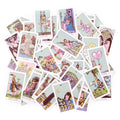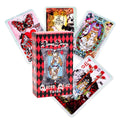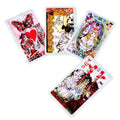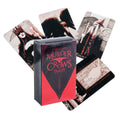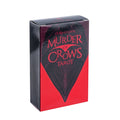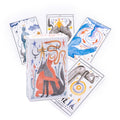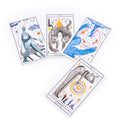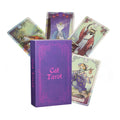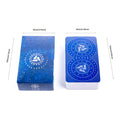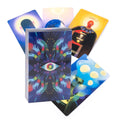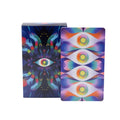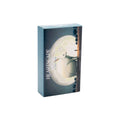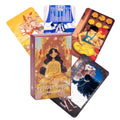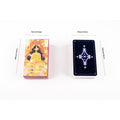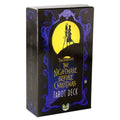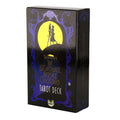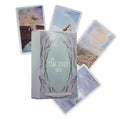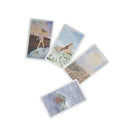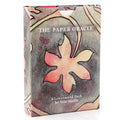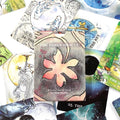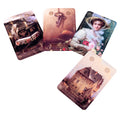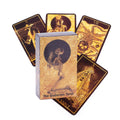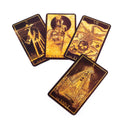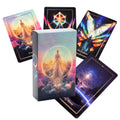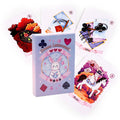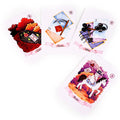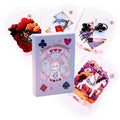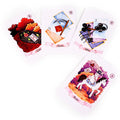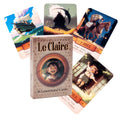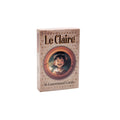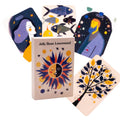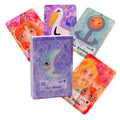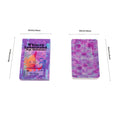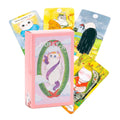-
Tarot Of Magical Correspondences Guidebook
History Around the year 1775, Court de Gebelin was at a reception, where he find the guests playing the game of Tarot After observing the game for a short time, he suddenly declared to everyone present that the card images were allegorical, and furthermore that they had originated in ancient Egypt Court de Gebelin found not only an Egyptian origin for the Tarot, but also a Hebrew connection. Eliphas Levi and other occultists expanded on this Hebrew source by finding in the structure of the Tarot numerous aspects of the Jewish system of esoteric philosophy known... -
1977 England Alchemy Tarot Guidebook
WHAT IS TAROT? A Tarot deck contains 78 cards and is mostly used for fortune telling, meditation and practice of magical rites. It is also a very effective agent in psychotherapy and as help and advisor in psychological matters in general. So far the real origin of the Tarot is not known. The majority of Tarot experts admits that most probably Tarot cards were first used in Europe and the western hemisphere by gipsies. The cards depict the archetypes found in the classical psycholopy by C. G. Jung and numerous magical and religious symbols. It is... -
Tarot card reading
The earliest evidence of a tarot deck used for cartomancy comes from an anonymous manuscript from around 1750 which documents rudimentary divinatory meanings for the cards of the Tarocco Bolognese.[18][19] The popularization of esoteric tarot started with Antoine Court and Jean-Baptiste Alliette (Etteilla) in Paris during the 1780s, using the Tarot of Marseilles.[20] French tarot players abandoned the Marseilles tarot in favor of the Tarot Nouveau around 1900, with the result that the Marseilles pattern is now used mostly by cartomancers.Tarot decks in occult usageEtteilla was the first to issue a tarot deck specifically designed for... -
History
Playing cards first entered Europe in the late 14th century, most likely from Mamluk Egypt. The first records date to 1367 in Berne and they appear to have spread very rapidly across the whole of Europe, as may be seen from the records, mainly of card games being banned. Little is known about the appearance and number of these cards; the only significant information being provided by a text by John of Rheinfelden in 1377 from Freiburg im Breisgau, who, in addition to other versions describes the basic pack as containing the still-current 4 suits of 13 cards, the courts usually being... -
Etymology
The word Tarot and German Tarock derive from the Italian Tarocchi, the origin of which is uncertain but taroch was used as a synonym for foolishness in the late 15th and early 16th centuries.[10][11] The decks were known exclusively as Trionfi during the fifteenth century. The new name first appeared in Brescia around 1502 as Tarocho.[12] During the 16th century, a new game played with a standard deck but sharing a very similar name (Trionfa) was quickly becoming popular. This coincided with the older game being renamed tarocchi.[2] In modern Italian, the singular term is Tarocco, which, as a noun, refers to a cultivar of blood orange. The attribute Tarocco and the verb Taroccare are used regionally to...

